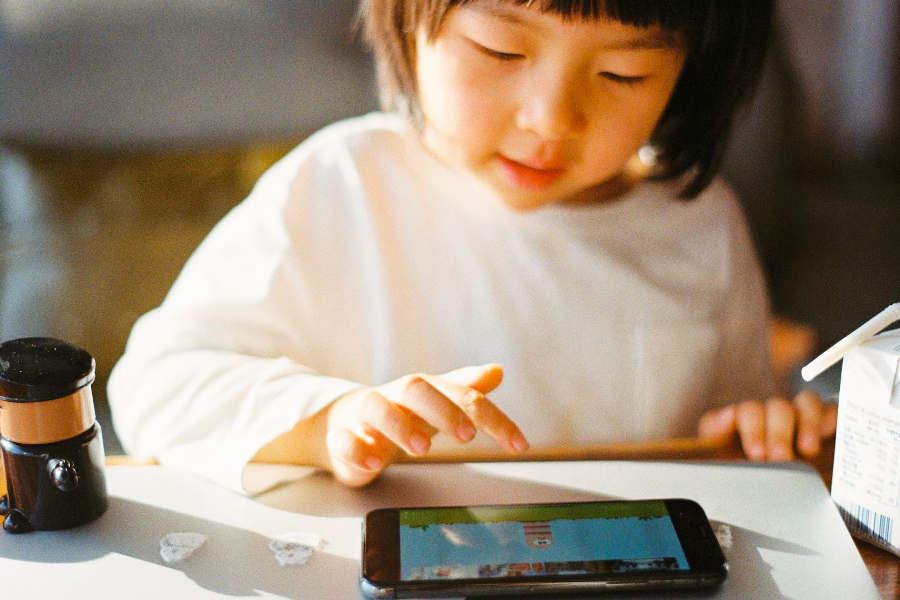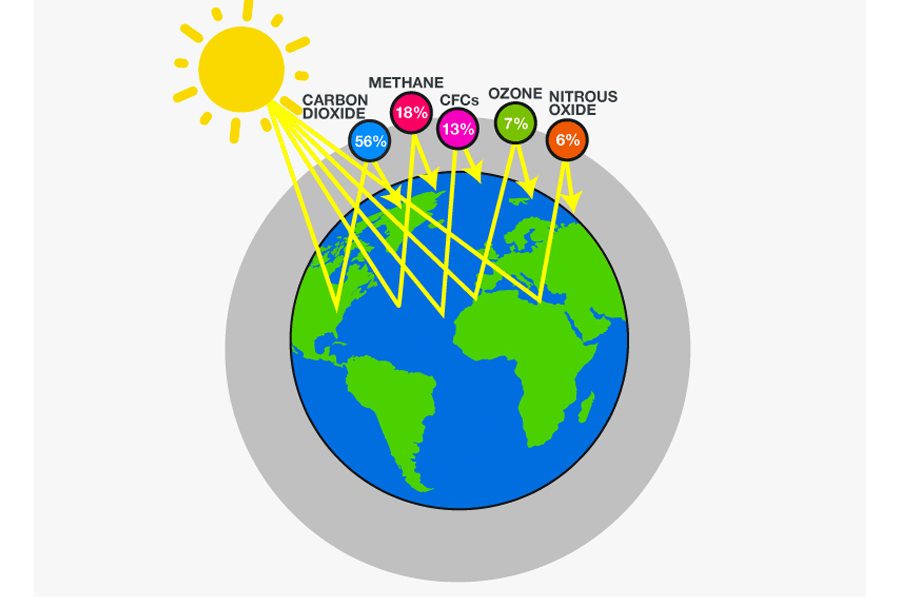As technology continues to play a larger role in our daily lives, it’s becoming increasingly common for toddlers to spend time in front of screens. While screens can be a great tool for learning and entertainment, it’s important to monitor screen time to ensure that toddlers are not spending too much time in front of them. This article will outline the importance of monitoring screen time for toddlers, as well as best practices for doing so.
Why is monitoring screen time important for toddlers?
The American Academy of Pediatrics recommends that children under the age of two should not have any screen time, and that children between the ages of two and five should have no more than one hour of screen time per day. This is because excessive screen time can have negative effects on a toddler’s physical, social, and emotional development.
Physical Development:
Screen time has been linked to a sedentary lifestyle, which can contribute to obesity, poor posture, and other physical health problems. In addition, the blue light emitted by screens can disrupt sleep patterns, making it harder for toddlers to get the rest they need to grow and develop.
Social Development:
Screen time can also interfere with social development. Toddlers need to interact with the world around them and with other people to learn how to communicate, problem-solve, and form relationships. Spending too much time in front of screens can limit these opportunities and make it harder for toddlers to develop social skills.
Emotional Development:
Finally, excessive screen time can have a negative impact on emotional development. Studies have shown that too much screen time can lead to feelings of anxiety, depression, and decreased attention span. It can also interfere with the development of empathy and the ability to understand and regulate emotions.
How to monitor screen time for toddlers
Here are some best practices for monitoring screen time for toddlers:
Set Limits:
Decide on an appropriate amount of screen time for your toddler, taking into account their age, development, and individual needs. Make sure to stick to this limit and be consistent in your approach.
Quality Over Quantity:
Choose high-quality, educational programs that are age-appropriate for your toddler. Avoid exposing them to violent or sexually suggestive content, and limit exposure to ads, which can be confusing and manipulative.
Get Involved:
Watch or play along with your toddler when they’re enjoying free kids cartoons help them understand what they are watching. This is also an opportunity to bond and create shared experiences.
Turn off Screens During Mealtimes and Bedtime:
Eating and sleeping are important times for toddlers to connect with their family and recharge their batteries. Avoid screens during these times to ensure that your toddler is getting the best possible start.
Encourage Active Play:
Make sure your toddler has plenty of opportunities for physical activity and play, which are crucial for their overall health and development. Encourage them to spend time outside, play games, and engage in other activities that don’t involve screens.
In conclusion, monitoring screen time for toddlers is important to ensure that they are developing in a healthy and balanced way. By setting limits, choosing quality programming, and encouraging active play, you can help your toddler make the most of their time in front of screens while avoiding the potential negative effects of excessive screen time.




